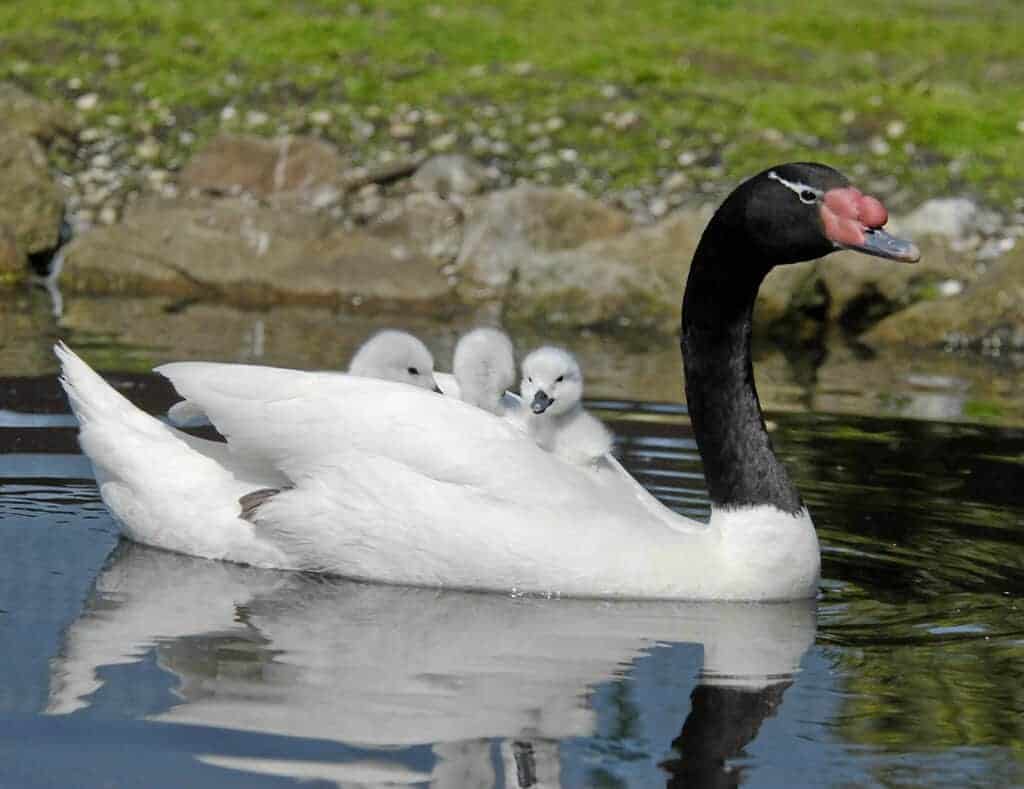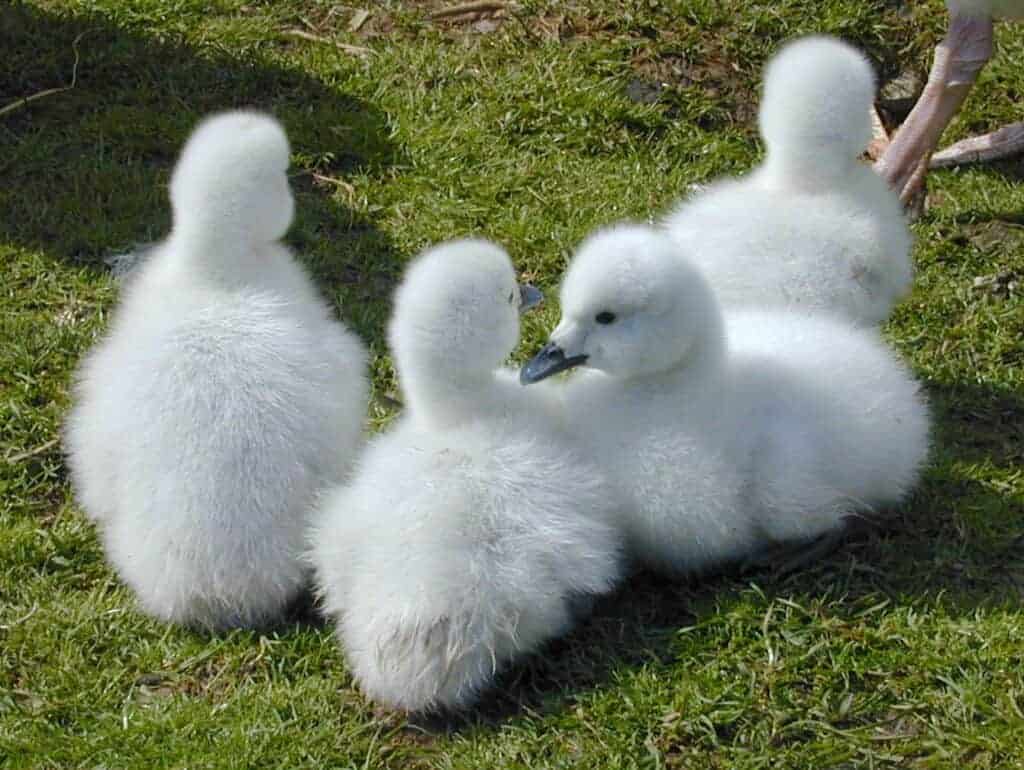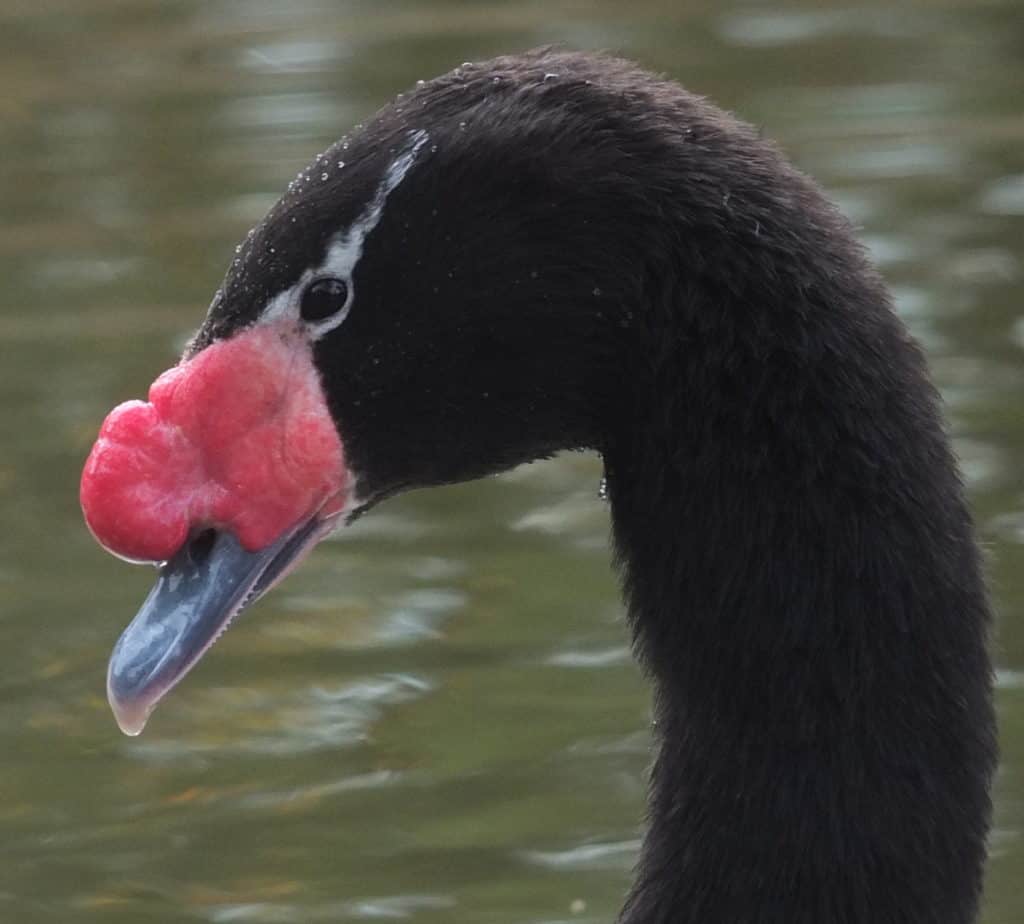Black-necked Swan


Cygnus melancoryphus
Black-necked Swans are highly ornamental but not abundant in wildfowl collections. The largest of South American waterfowl, the Black-necked Swan is defined by its white plumage and velvety black head and neck. It has a striking blue bill with large bright red knob or caruncle at its base.
The Black-necked Swan has a soft musical whistle. It is less aggressive than its closest relatives the Mute or Black Swan, however they are known to be particularly intolerant of European Shelducks.

These swans spend the majority of their time on the water; with legs set far back on their body for greater efficiency, so they are ungainly on land. The swans’ natural habitat is fresh water marshes, lagoons and shores.
Black-necked Swans frequently lay two clutches of 4-6 eggs a season, incubating for 36 days. After hatching, the young are often carried, by either parent.